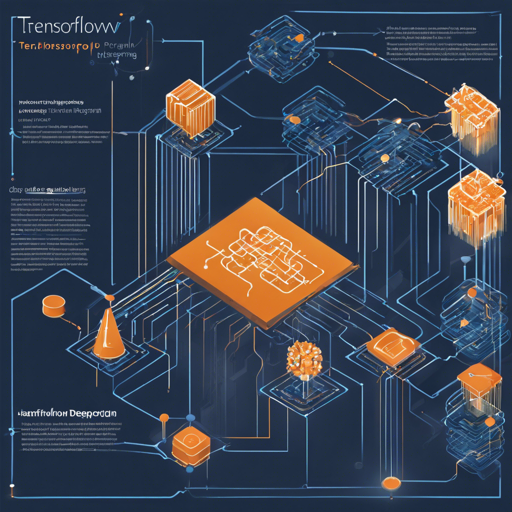Welcome to the world of deep learning! This guide unveils the generic golden program crafted for working with TensorFlow. Whether you’re a novice or an experienced developer, you’ll find the steps to get started with TensorFlow and how to generate TFRecords, run training, and validate your models.
Introduction
TensorFlow offers a versatile framework for deep learning, supporting various data formats and models. Here’s a quick overview of what this program can do:
- Data Formats: CSV, LIBSVM, TFRecords
- Predict Server: TensorFlow serving, Python HTTP server
- Predict Clients: Support for various programming languages including Python, Java, Scala, and more
- Network Models: Logistic regression, Convolutional neural network, and more
- Other Features: Checkpoints, TensorBoard, optimizers, and more
Usage
Unlock the potential of TensorFlow and master the art of generating TFRecords as well as training your models.
Generate TFRecords
To convert your data into TFRecords format, follow these commands:
- If your data is in CSV format, use:
cd .data
cancer.generate_csv_tfrecords.pycd .data
a8a.generate_libsvm_tfrecord.pyRun Training
Time to train your model! You can use the default configuration or customize it further:
- To train with default configurations, run:
python dense_classifier.pypython dense_classifier.py --batch_size 1024 --epoch_number 1000 --step_to_validate 10 --optimizer adagrad --model dnn --model_network 128 32 8Export The Model
During your training session, TensorFlow will automatically export the model for you. However, if you need to do it manually, simply run:
python dense_classifier.py --mode savedmodelValidate The Model
To validate your model with inference, execute:
python dense_classifier.py --mode inferenceUse TensorBoard
TensorBoard helps you visualize your model’s training process. To use it, run:
tensorboard --logdir .tensorboardThen open http://127.0.0.1:6006 in your browser.
Serving and Predicting
Your model is ready for action! To serve it using TensorFlow Serving, execute:
tensorflow_model_server --port=9000 --model_name=dense --model_base_path=.modelYou can use various gRPC clients for predictions. For example:
python predict_client.py --host 127.0.0.1 --port 9000 --model_name dense --model_version 1Troubleshooting
Encounter a hiccup? Here are some tips:
- Dependency Issues: Ensure all necessary libraries are installed and up to date.
- Model Not Exporting: Check your training script to ensure that it’s set to export the model correctly.
- Inconsistent Predictions: Adjust the batch size or learning rate based on your data set characteristics.
For more insights, updates, or to collaborate on AI development projects, stay connected with fxis.ai.
Conclusion
With TensorFlow, you can efficiently model and predict outcomes using a structured process starting from data preparation to model serving. Embrace the power of deep learning!
At fxis.ai, we believe that such advancements are crucial for the future of AI, as they enable more comprehensive and effective solutions. Our team is continually exploring new methodologies to push the envelope in artificial intelligence, ensuring that our clients benefit from the latest technological innovations.

